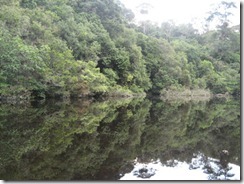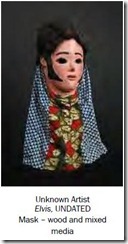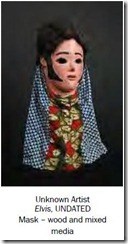Alexander in the Amazon
When my family and I visited the Amazon River Basin in 2008, we were struck by the immense greenness that enveloped us. The serpentine network of rivers known as the Amazon cut through the rainforest, delivering life-sustaining water to thirsty foliage. We stayed several days at a beautiful resort accessible only by boat on one tributary of the river, far removed from the hustle and bustle of the urban jungle.
Exploring the surrounding rainforest on foot and by boat, we visited a monkey sanctuary, met indigenous villagers, fished for piranha, took a walking tour through the dense forest, and went on a day river cruise to see the confluence of the black and brown branches of the Amazon as well as on a night cruise to spot nocturnal wildlife.
Spending time with my son Alex, who marveled at a new world he had never seen before in his young life, inspired me to capture our experience in a story that brings the rainforest to life for children like him. “Alexander the Salamander” is an illustrated children’s story about a salamander named Alexander who moves to a new home in the Amazon and meets new friends who take him on an unforgettable adventure. It is a reflection of our own Amazon experience that I hope young children will enjoy and find educational.
Alex co-authored the book and drew the illustrations. The photos were taken by my wife Jing and me. If you would like to purchase a copy in Kindle’s e-book format, click here. To read other books and stories by M.G. Edwards, visit www.mgedwards.com.















 One day not long ago, I first encountered what I thought was a bust of Elvis Presley. His image was unsettling, as if his face had been surgically removed a la the movie “Face/Off.” I soon realized that it was a handmade ceremonial mask of “The King” made in the Chewa tradition. I thought it odd that the Chewa people of central and southern Africa would fashion a mask honoring a 1950s American music icon. What I initially found creepy – to be honest – has now become an intriguing fixture in my life. “Elvis” now pops up in mysterious places at odd times as if possessed by a ghost or repositioned by a trickster. One never knows when Elvis will be sitting in front of a podium ready to deliver a speech or at the water fountain waiting for a drink.
One day not long ago, I first encountered what I thought was a bust of Elvis Presley. His image was unsettling, as if his face had been surgically removed a la the movie “Face/Off.” I soon realized that it was a handmade ceremonial mask of “The King” made in the Chewa tradition. I thought it odd that the Chewa people of central and southern Africa would fashion a mask honoring a 1950s American music icon. What I initially found creepy – to be honest – has now become an intriguing fixture in my life. “Elvis” now pops up in mysterious places at odd times as if possessed by a ghost or repositioned by a trickster. One never knows when Elvis will be sitting in front of a podium ready to deliver a speech or at the water fountain waiting for a drink.